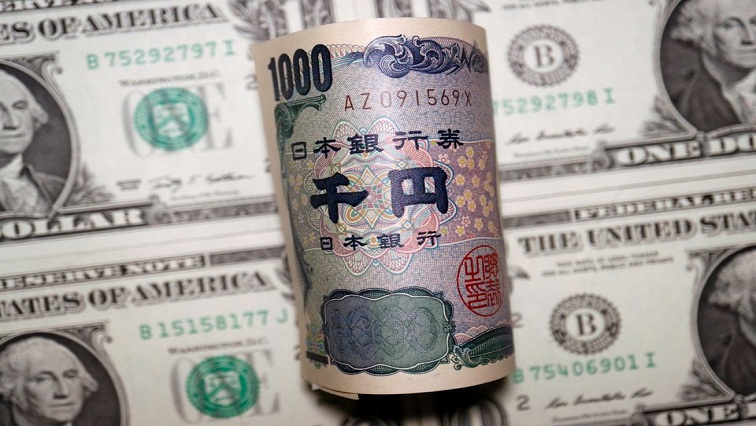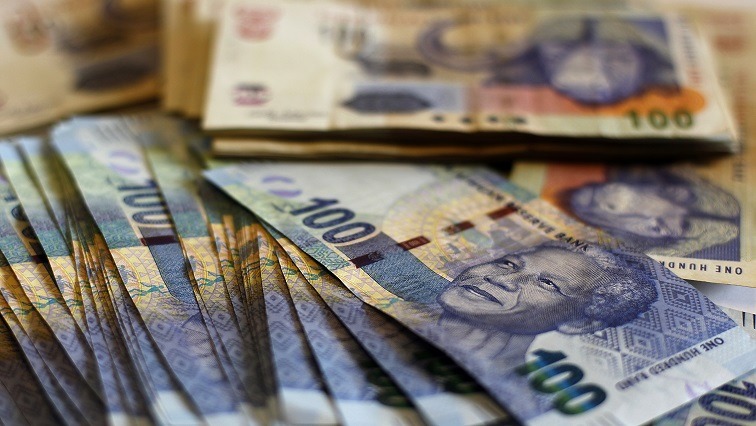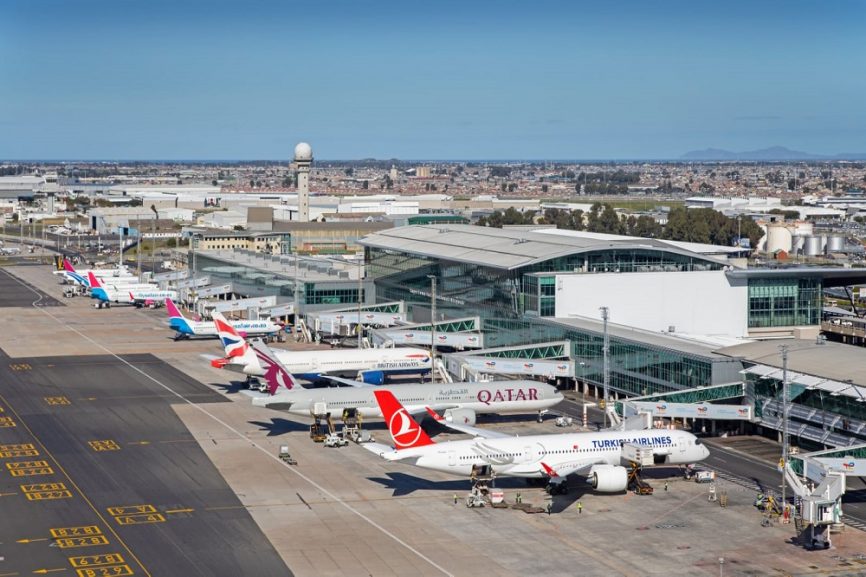-
[File image]
The dollar drifted lower on Monday after an early bump off a three-year low, as investor confidence in the world’s reserve currency remained in question following a stream of tariff-related pronouncements from US President Donald Trump.
Investors braced for another volatile week as Trump’s imposition and then abrupt postponement of tariffs on goods imported to the US continued to sow confusion.
The dollar reversed early gains as the Asian trading session got under way, languishing near a 10-year low against the Swiss franc at 0.8188.
Sterling held to most of its 1.7% gain from last week and stood at $1.3099, while the New Zealand dollar rose to a four-month high of $0.5860.
Trump on Sunday said he would announce the tariff rate on imported semiconductors over the next week, adding that there would be flexibility towards some companies in the sector.
The White House on Friday had granted an exclusion from steep tariffs for smartphones, computers and certain other electronics imported largely from China. Trump later said the move would be short-lived.
“At this point in time … it’s been handled haphazardly, heavy-handedly and with weight, and those measures have created a great deal of uncertainty,” said IG market analyst Tony Sycamore.
“Those storm clouds, they’re still circling, they haven’t gone anywhere.”
Against the yen, the dollar fell 0.22% to 143.24.
Japan is gearing up for trade negotiations with the United States that will likely touch on the thorny topic of currency policy, with some officials privately bracing for Washington to call on Tokyo to prop up the yen.
Japanese Economy Minister Ryosei Akazawa said on Monday that foreign exchange issues would be dealt with between Finance Minister Katsunobu Kato and US Treasury Secretary Scott Bessent.
“Markets jumped the gun on pricing in further yen strength on confirmation that Bessent and Kato will discuss FX,” said Christopher Wong, a currency strategist at OCBC.
The euro steadied at $1.1359, hovering near Friday’s three-year high as investors flocked to the common currency following a crisis of confidence in the dollar.
“I think we could see the euro trading at $1.20 by something like … end of July, early August,” said IG’s Sycamore.
Growing nervousness among investors over owning US assets has caused some to dump those positions and move money into other markets including Europe, boosting the euro.
The Australian dollar was up 0.08% at $0.6299, extending its more than 4% gain from last week.
Against a basket of currencies, the US dollar languished near Friday’s three-year low at 99.77.
“The market is re-assessing the structural attractiveness of the dollar as the world’s global reserve currency and is undergoing a process of rapid de-dollarisation,” George Saravelos, global head of FX research at Deutsche Bank, wrote in a client note.
“Nowhere is this more evident than the continued and combined collapse in the currency and US bond market.”
A steep sell-off in the US Treasury market last week, owing in part to a rapid unwinding of so-called basis trades by hedge funds, was a huge drag on the dollar.
There was scant sign of any recovery in bonds on Monday, with 10-year yields at 4.47%, starting the week roughly steady after the largest weekly rise in borrowing costs in decades.
“We think the process of de-dollarisation has more to go, but we are keeping a very open mind as to how this process plays out and what the ultimate new equilibrium in the global financial architecture will be,” said Deutsche Bank’s Saravelos.
The onshore yuan was down 0.2% at 7.3093 per dollar, while its offshore counterpart fell more than 0.4% to 7.3142 per dollar.
The offshore yuan struck a record low last week while the onshore unit sank to its lowest since 2007 as the trade war between the United States and China intensified.
Data on Monday showed China’s exports rose sharply in March after factories rushed out shipments before the latest US tariffs took effect.





